What is Isho Doll?
Isho dolls are dressed in the costumes of the Japanese traditional fabric that developed from the early Edo period.
In the olden days, Isho dolls were children’s toys and dolls with religious meaning, but in the early modern period, costume dolls were born as they were made for the purpose of appreciation. Like Ukiyo-e, there are many dolls of actors and prostitutes that reflect the customs of the time. It was also called a Ukiyo doll.
It is said that the name of the Isho dolls was born because the first one was a wooden carved colored doll with silk cloth.
Some of them can be dressed up. The technique for making Isho dolls is making a base with wood carving or Toso【桐塑 :A technique of forming with a clay-like material made by kneading wood paulownia wood powder and Shofu Nori【生麩糊:The glue made by steaming flour】),and use the Gofun【胡粉: shell lime】polishing finish, kimekomi【木目込; Make a line on the doll and push the cloth in】, cloth pasting, paper pasting, coloring, etc.
Around the middle of the Edo period, the production technique developed, and in addition to being loved at common household, and in the other side, as an arts, the free expression such as Karako【唐子: Boy dressed in ancient Chinese clothes】, which is a doll of foreign customs was appreciated, and it was also used as a gift to the daimyo family. It has been produced since the Meiji era(1868〜1912年), and its main production areas are Tokyo, Kyoto, and Nagoya, but the ones produced in Kyoto are called Kyo dolls.
The importance of Isho dolls in Japanese culture is very high, and it was designated as Jyuyou-Mukei-Bunkazai【重要無形文化財:Important intangible cultural property】in Japan in 1986.
Nowadays, dolls that are dressed in costumes and have fixed poses are called Isho dolls, and Isho dolls occupy an important field in the doll creation that is actively performed in modern times, and many excellent artists are still active.
【重要無形文化財:Important intangible cultural property】
Theater, music, craftsmanship, and other intangible cultural products that have high historical or artistic value to Japan are called “intangible cultural properties.” An intangible cultural property is a human “work” itself, and is specifically embodied by an individual or a group of individuals who have mastered the work.
The national government has designated important intangible cultural properties as important intangible cultural properties, and at the same time, recognized those that highly embody these works as holders or holding organizations, and the traditional works of our country. In Japan, people are trying to inherit.
About us

Dolls Museum is located in Kanazawa city, Japan exhibiting more than 600 traditional Japanese dolls. We display various types of Japanese dolls, such as ICHIMATSU Dolls, Hina Dolls, Kokeshi Dolls, all of which are adorable and great to see in person. We are also handling newly handcrafted Japanese dolls at our gift shop. Now, due to popular demand, we have started to sell our items online. Thank you so much for checking our listed items.
Payment method
We accept payment through Stripe(Credit card), PayPal, both of which are secure payment methods. If you prefer other payment method, please contact us. After confirming your payment, we will apply for an export permit. You may either pay in JPY or USD. The price is set in Japanese Yen. Prices in other currencies are automatically calculated based on the latest exchange rate.

Shipping Duration
We normally ship via EMS (Express Mail Service) provided by Japan Post. It usually takes at least 5-14 days to deliver the package after you place an order. We will use DHL instead for those who ordered from USA or Australia as EMS temporarily stops shipping to these countries due to COVID-19. We offer Free International Shipping as long as we can ship your order by either EMS or DHL. (USA, Australia only)
We will inform you of the order’s tracking number via email. Please make sure you fill out your valid email address correctly.
*Please keep in mind that due to the spread of COVID-19, there might be delays in shipping. If you like to know the detail about shipping, please feel free to ask us.


Would you like see some more Hina doll for sale? Please check the link below. We hope you will find your favorite Hina doll.
https://www.dollsmuseum.jp/shop/product-category/hina-doll/

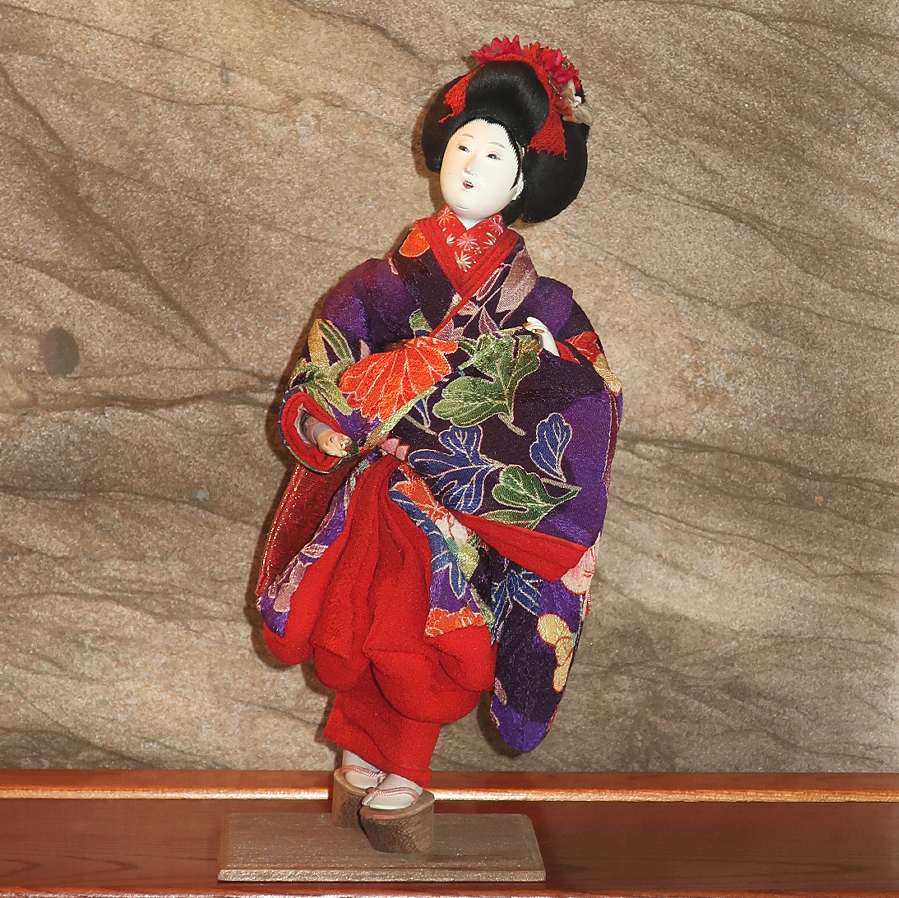
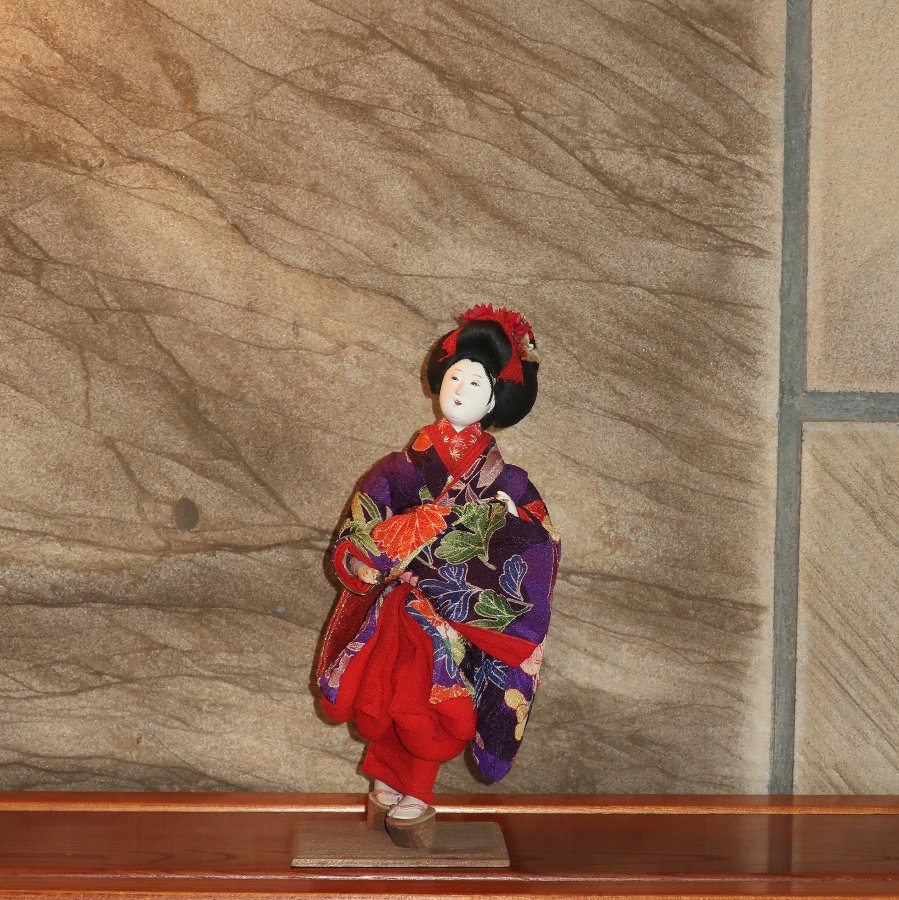
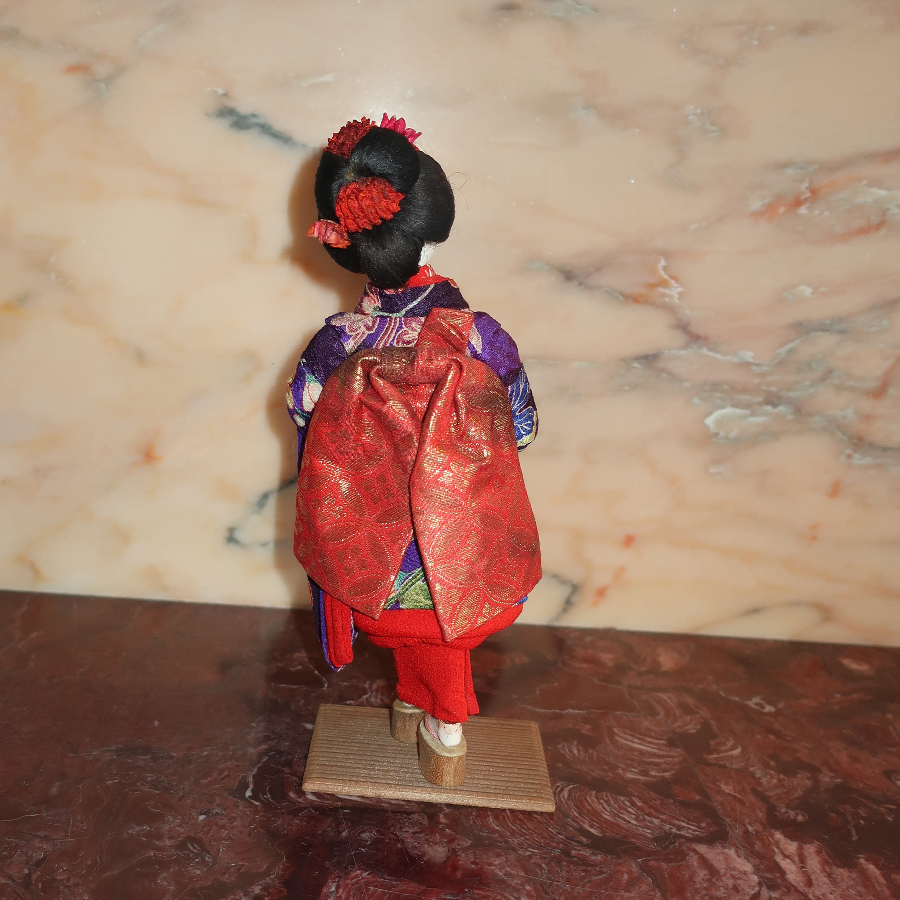
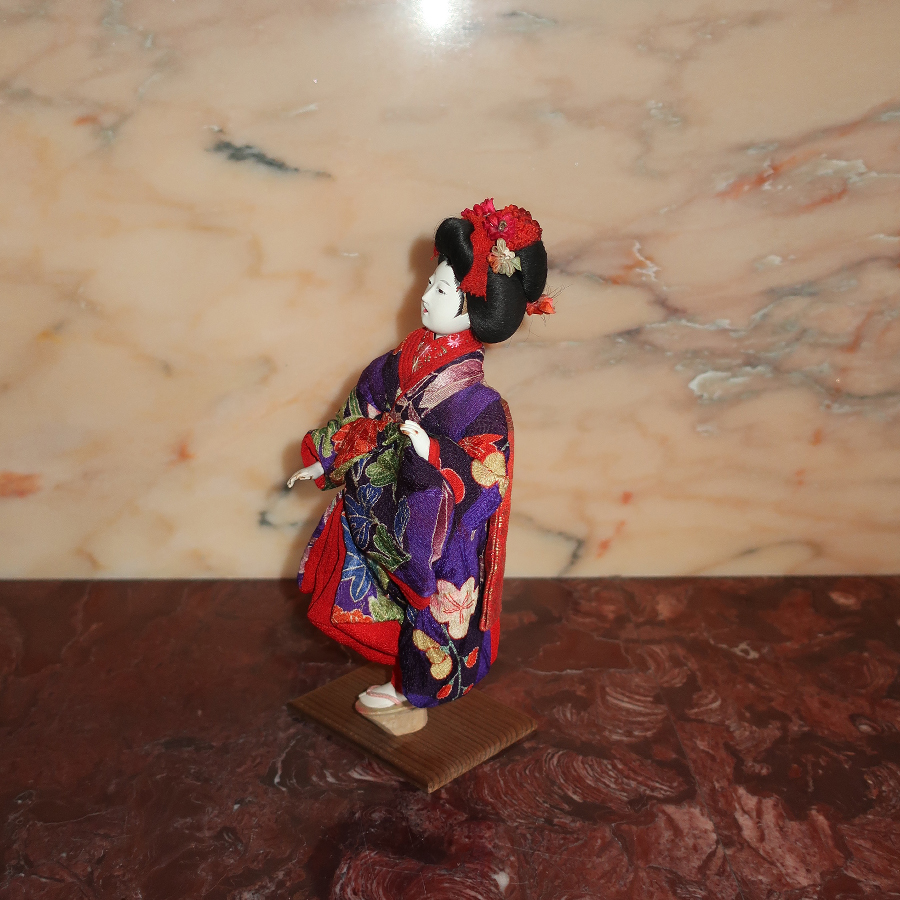
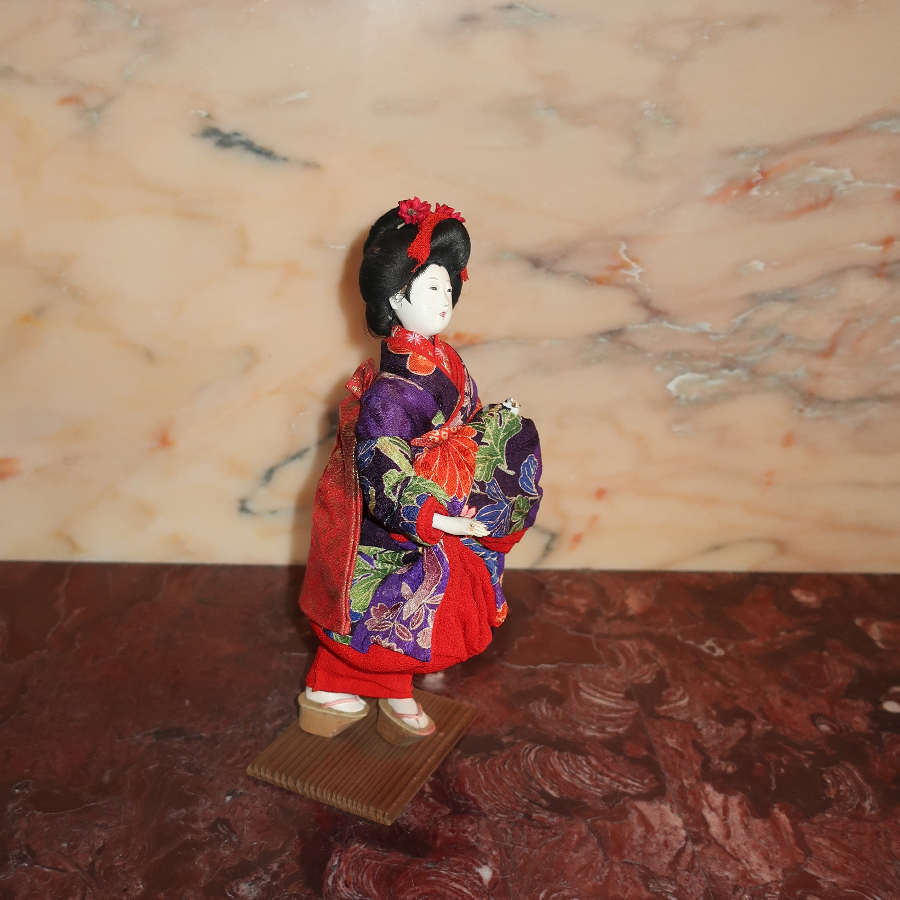
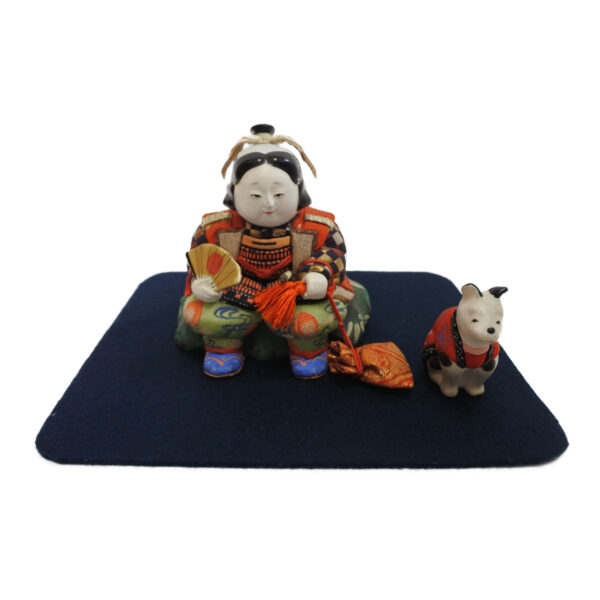
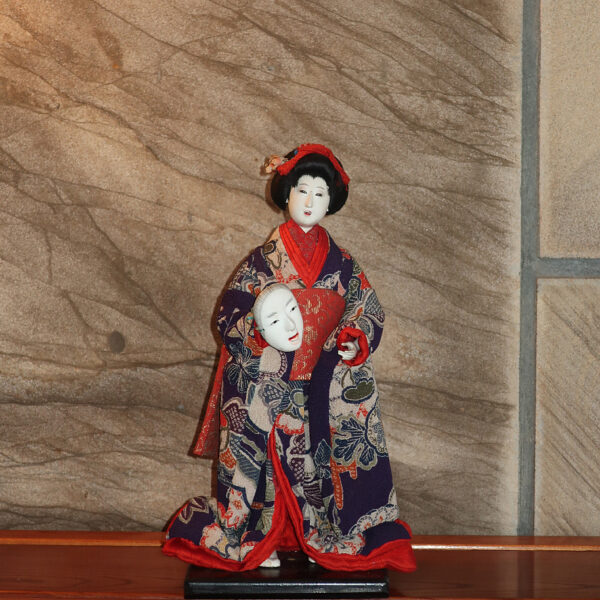
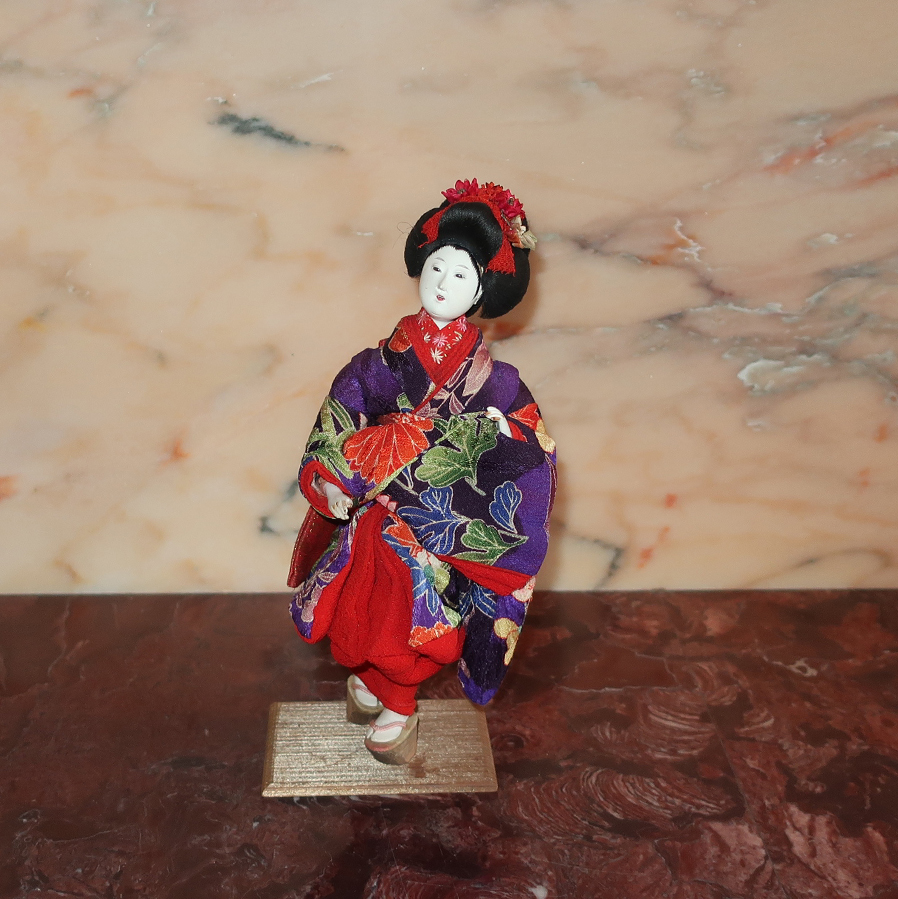
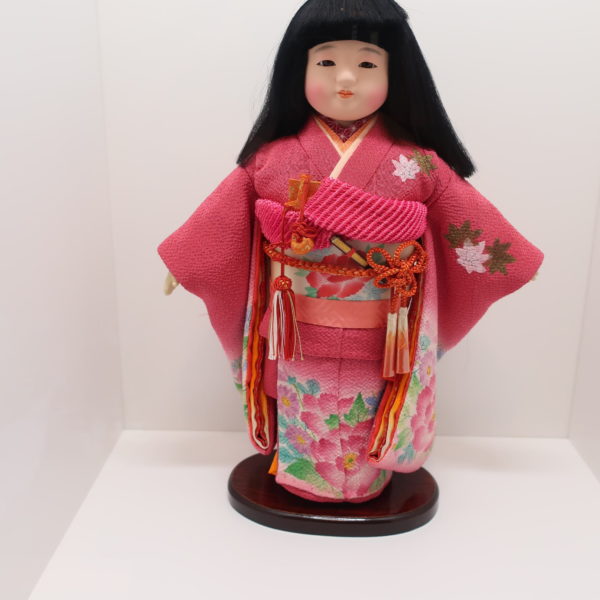
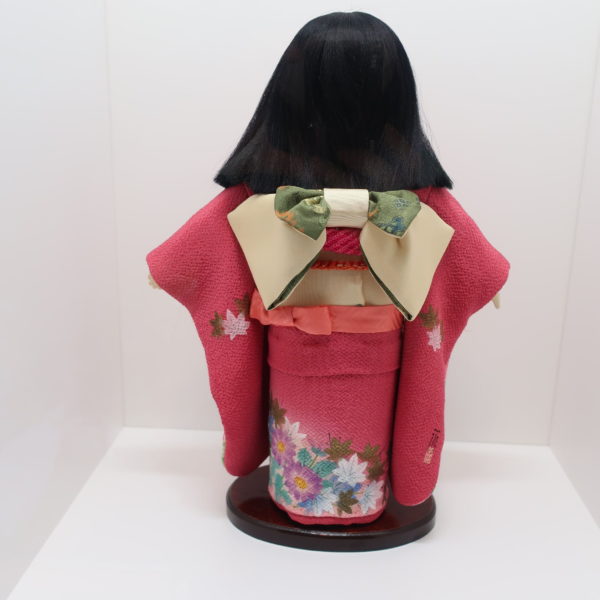
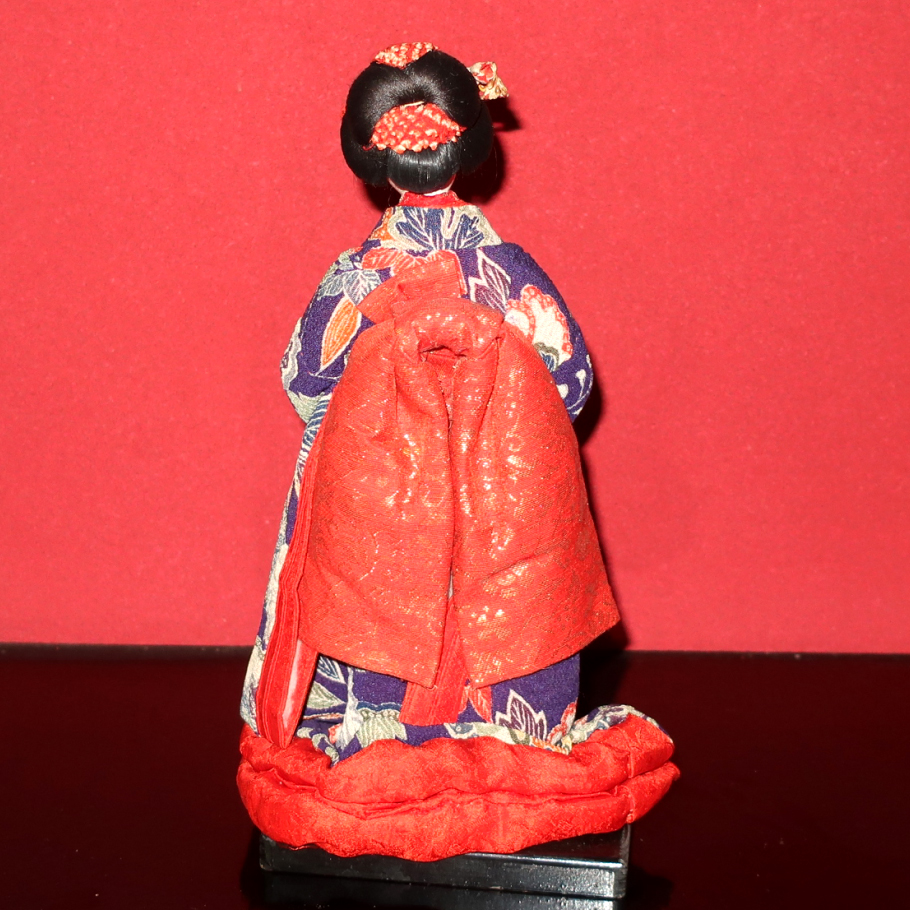
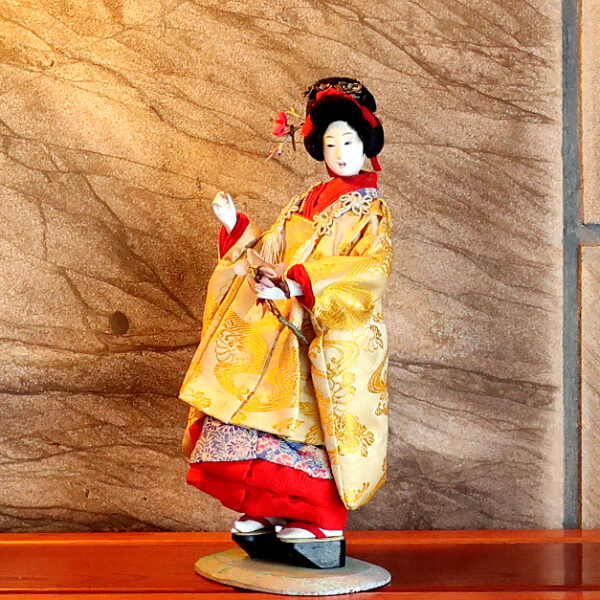
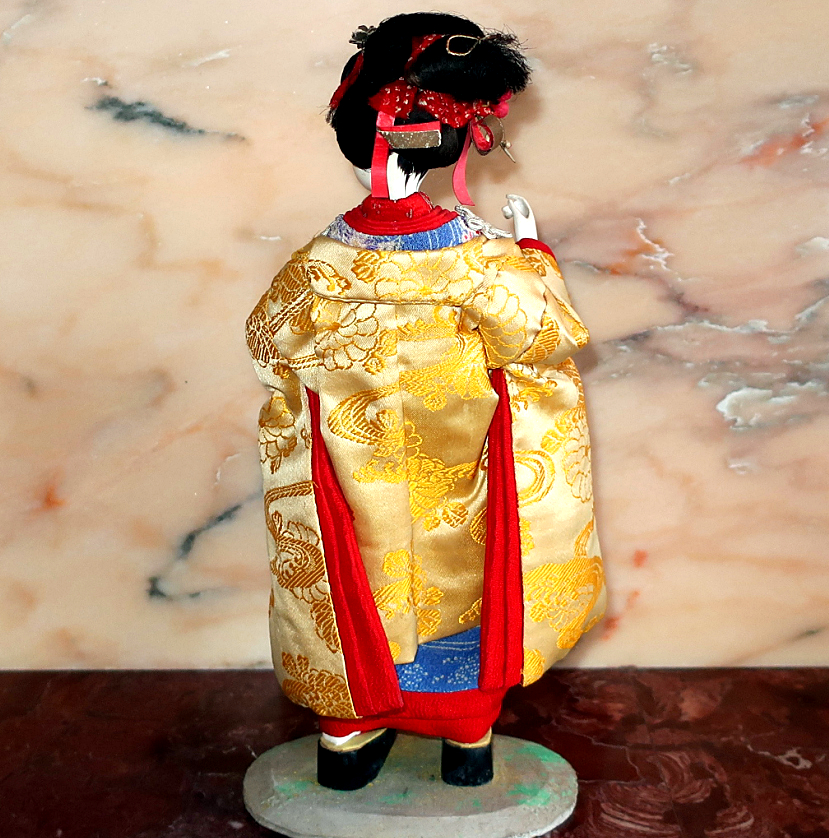
Reviews
There are no reviews yet.